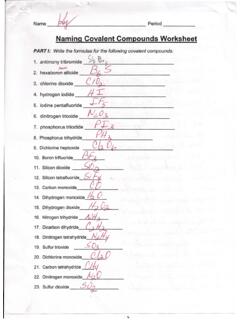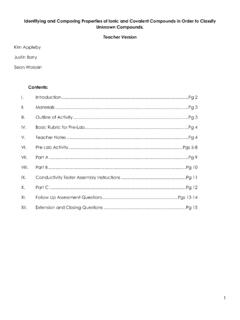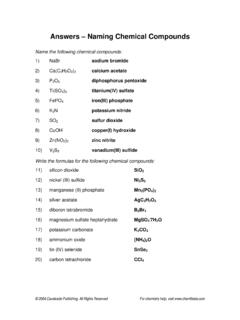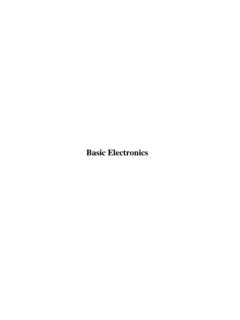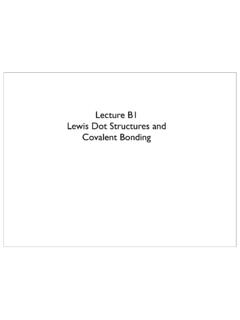4 Covalent
Found 8 free book(s)3.4 Covalent Bonds and Lewis Structures
www.columbia.edu•Oxygen has 4 electrons in covalent bonds. •Assign 2 of these 4 electrons to O. •Oxygen has 2 unshared pairs. Assign all 4 of these electrons to O. •Therefore, the total number of electrons assigned to O is 2 + 4 = 6. Formal charge of O
List the four major differences between ionic and covalent ...
homework.sdmesa.edu4. Ionic compounds often dissociate into ions in solution, whereas covalently bonded molecules retain their molecular identity in solution. Comparison of properties between ionic (inorganic) and covalent (organic) compounds. Property Inorganic Organic melting point High Low boiling point High Low solubility in H2O generally soluble generally ...
Naming Covalent Compounds Worksheet Key
www.humbleisd.netList 5 Properties of Covalent Com ounds: List 5 Properties of Ionic Compounds: List 5 Properties of Metallic Compounds: c. 00 PART IV. Determine whether the following compounds are covalent or ionic and give them their proper names or Formulas C …
Identifying and Comparing Properties of Ionic and Covalent ...
www.sas.upenn.edu4) Conductivity This is a measure of a materials ability to conduct an electric current. Conductivity has SI units of siemens per meter (S·m-1) Metals, which tend to readily ionize, are good conductors of electricity. 5) Polar Covalent Bond This is a type of covalent bond.
Sugar or Salt? Ionic and Covalent Bonds
uu.eduIonic and Covalent Bonds TN Standard 2.1: The student will investigate chemical bonding. Have you ever accidentally used salt instead of sugar? rinking tea that has been sweetened with salt or eating vegetables that have been salted with sugar tastes awful! Salt and sugar may look the same, but they obviously taste very different.
Answers – Naming Chemical Compounds
www.npsd.k12.nj.usIonic/Covalent Compound Naming Solutions . For each of the following questions, determine whether the compound is ionic or covalent and name it appropriately. 1) Na2CO3 sodium carbonate. 2) P2O5 diphosphorus pentoxide. 3) NH3 ammonia. 4) FeSO4 iron (II) sulfate. 5) SiO2 silicon dioxide. 6) GaCl3 gallium chloride. 7) CoBr2 cobalt (II) bromide. 8 ...
Basic Electronics - New York University
engineering.nyu.eduelectrons are locked up in covalent bond with valence electrons of four neighboring Si atoms. However, the 5th valence electron of phosphorus atom does not find a binding electron and thus remains free to float. When a voltage is applied across the silicon-phosphorus mixture, free electrons migrate toward the positive voltage end.
Lecture B1 Lewis Dot Structures and Covalent Bonding
www.chem.uci.edu4 + (the ammonium ion). Step 1: Count valence electrons: N = 5 4 x H = 4 x 1 = 4 “+” = -1 Total = 5+4-1= 8 electrons = 4 bonds and lone pairs. Step 2:!Arrange the atoms (identify a central atom, if possible). Step 3:!Place electron pairs on the atoms as either bonds or lone pairs. Step 4:!Count electrons and compare with known count.


